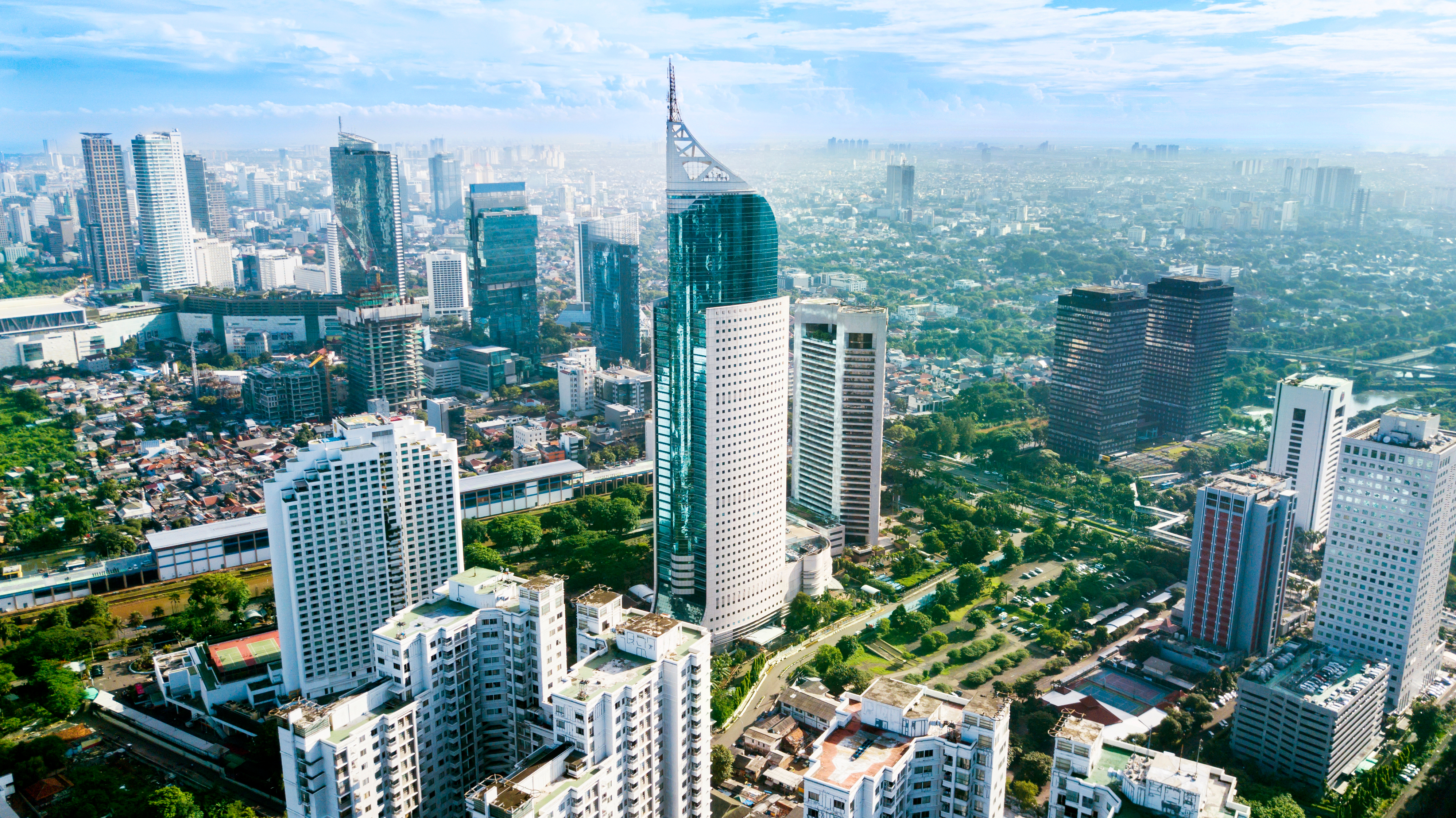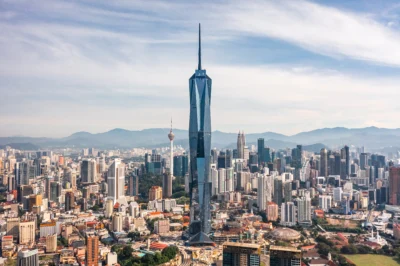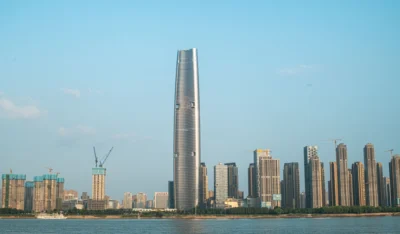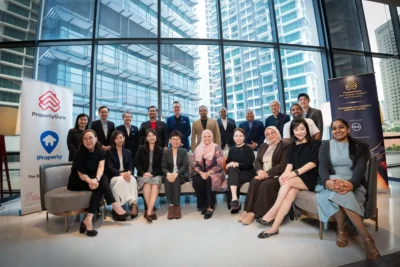Mixed-use to dominate future development in Asia
Say goodbye to ‘zoning’
As major recent projects across the region attest, developers are retreating from single-use schemes in favour of high-density, mixed-use developments that encompass living, working, and retail space in single projects.
The benefits of mixed-use are not purely economic. More than allowing developers to diversify assets, they also result to environmental benefits. Dierckxsens point out, “High-density living massively reduces the carbon footprint compared to traditional single-family homes, which can be found all over Europe and America. Combined with an efficient public transport system, they remove the need for private cars as well. Within minutes, one can reach a metro station that is connected with the rest the city, and daily amenities—restaurants, supermarkets, malls—are all within walkable distance.”
Residents of high-density cities traditionally score a lower per-capita carbon footprint than even rural environments. Successive studies since 2009 by the International Institute for Environment and Development (IIED) reported that the average emissions in New York City—one of the most densely populated areas in the world with roughly 28,000 residents per square kilometre—remain about 30 percent less than the U.S. average.
Mixed-use schemes are also one of the rare places where both developed and developing Asian economies find common ground. In southern China, Macau, and Hong Kong, projects like Kowloon’s millennial-centric Skypark apartment and clubhouse complex, as well as the Zhuhai International Convention Centre, a complex of exhibition and office space with integrated hotels, are maximising land plots in a densely developed and progressive region.
More: 6 of Asia’s best resorts within mixed-use developments
The developing world is following suit. Jakarta’s District 8, a complex of 11 towers across 4.8 hectares of the Sudirman Central Business District, has reached completion. Developed by the Agung Sedayu Group, it brings residences and a public park right into the heart of South Jakarta’s financial zone.
In Bangkok, TCC Group’s One Bangkok (in partnership with Golden Land and Frasers Property Limited) is a USD3.5-billion development that covers an area one-third the size of the adjacent Lumphini Park and encompasses living and work space for 60,000 people, including residential buildings, office towers, retail zones, and publicly accessible parks and green spaces.
Regina Lim, head of capital markets research, Southeast Asia at JLL, explains why mixed-use is so attractive to developers. “As cities become more developed and densities become higher, it makes sense to build more mixed-use developments,” she says. “Mixed-use developments bring together complementary uses. Retail shops benefit from the natural catchment of offices or hotels or apartments while the residents and workers enjoy the convenience. As maintenance management schemes become more sophisticated, they allow effective property management of these integrated projects. Apartments with these amenities sell well.”
The future of mixed-use development will increasingly be dictated by the demands of the wider public. Ping Jiang, the Shanghai-based design principal at EID architecture firm, points to the role that public interaction with multiple-use development plays in bringing life to central city locations outside of business hours. “The future of mixed-use development is about the spatial and experiential quality of space,” he says. “Not only will we increasingly see mixed-use take over from dedicated office or retail blocks, but also more innovative uses, maybe a new type of hybrid project varied in scale and its mix of functions.”
This article is the fourth in a five-part series. It originally appeared in Issue No. 153 of PropertyGuru Property Report Magazine. Read the first, second, third and fifth parts
Recommended
6 developments driving Asia’s green real estate shift
Developers are being incentivised to push a green agenda into daring new realms
The Philippines’ LIMA Estate drives sustainable industrial growth
LIMA Estate models a citywide vision that uplifts workers while appealing to climate-conscious employers
Malaysia property market rebounds with foreign interest and growth
The nation’s property market is stirring to life, fuelled by foreign buyers and major infrastructure drives
China’s renewable energy surge redefines housing norms and development
From exporting solar panels to building entire green-powered neighbourhoods, China’s renewable surge is redefining housing norms








